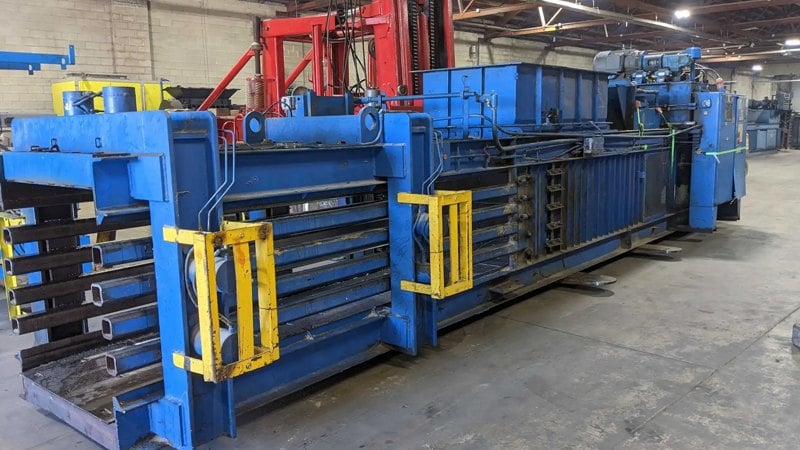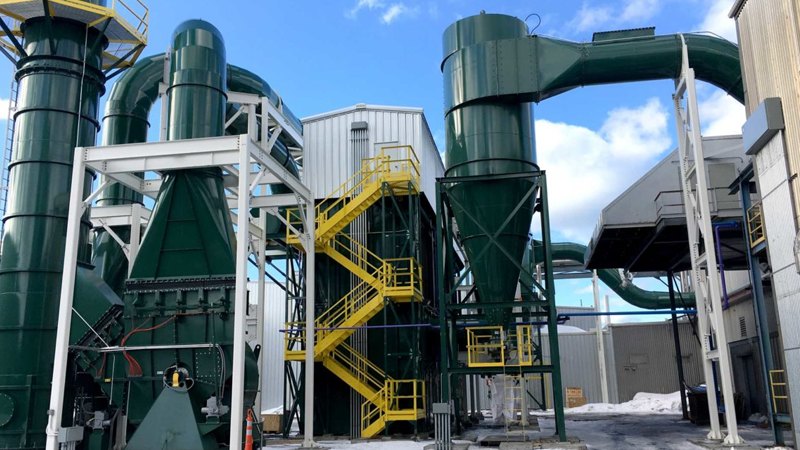Building construction projects today are more complex and time-sensitive than ever. Digital tools are essential for staying on track and on budget. This article explores the landscape of building construction software, highlighting its key types, core features, industry applications, and how to choose the right solution.

1. What Is Building Construction Software?
Building construction software is a broad category of digital platforms designed to streamline planning, estimating, scheduling, contracting, and collaboration in construction projects. Whether for home builders or commercial contractors, these tools provide centralized access to data, helping reduce delays, manage costs, and improve communication across teams.
Unlike design software such as CAD or BIM, construction software focuses on managing the execution phase of building—coordinating crews, budgets, materials, and timelines. It plays a critical role in every stage of construction delivery, from proposal to closeout.
2. Main Types of Building Construction Software and Their Use Cases
There are several software categories within the construction space, each tailored to specific functions. Understanding these helps in choosing the right combination for your project needs.
Table 1: Common Types of Building Construction Software
| Type | Primary Function | Typical Use Case |
|---|---|---|
| Scheduling Software | Construction timelines and phases | Keeping projects on track |
| Estimating Software | Cost estimates for labor/materials | Accurate bidding and budgeting |
| Contract & Proposal Tools | Drafting, sending, and tracking agreements | Standardized client documentation |
| Field Tracking Software | Crew check-ins, timesheets | Workforce productivity monitoring |
These software types can be used separately or combined into a full-suite construction management platform.
3. Core Features of Modern Construction Platforms
Modern building construction software comes with a wide range of integrated tools. Here's what you can typically expect:
Scheduling and Timeline Tools
Create construction schedules using drag-and-drop Gantt charts, identify dependencies, and set milestones.Estimating & Cost Control
Generate fast, accurate estimates with built-in material and labor databases, often integrated with project accounting tools.Proposal Generation
Build professional proposals using customizable templates; version control helps you track revisions and approvals.Contract Management
Automate contract creation, approval workflows, and legal documentation, reducing manual errors and admin overhead.Checklists & Inspections
Use digital checklists for task tracking, quality control, and safety inspections—ensuring compliance and accountability.Mobile Access
Many platforms offer mobile apps for on-site usage, including photo uploads, timesheet submissions, and live status updates.
4. Comparing Home vs. Commercial Construction Software Needs
Construction software requirements vary based on project type. Here's how residential and commercial building needs differ:
Table 2: Home vs. Commercial Construction Software Needs
| Criteria | Home Building | Commercial Projects |
|---|---|---|
| Focus | Client experience, budget, design changes | Regulations, multiple crews, permits |
| Users | Small contractors, homeowners, remodelers | Developers, general contractors |
| Key Tools | Estimating, proposals, schedule tracking | Subcontractor coordination, RFI logs |
Choosing the right tool depends on the scope, team size, and compliance requirements of your project.
5. Who Uses Building Construction Software?
Construction software benefits every role in a project team:
Project Managers: Oversee workflows, allocate tasks, and prevent bottlenecks with real-time scheduling.
Estimators: Build precise cost breakdowns using historical data and templates.
General Contractors: Track proposals, manage subcontractor documents, and control scope changes.
Field Workers: Clock in using mobile timecards, complete checklists, and report site issues.
Architecture and Construction Students (Majors): Learn construction technology hands-on, simulating real-world workflows.
These platforms standardize communication, which improves speed and accountability for all stakeholders.
6. How to Choose the Right Building Construction Software
Before selecting a platform, consider the following factors:
Project Size & Complexity
Large-scale builds may require software that supports multi-project dashboards and subcontractor hierarchies.Customization & Reporting
Look for platforms that offer template libraries, report customization, and export functions (e.g., to PDF or Excel).Integration Capabilities
Choose software that works well with your current tools (e.g., accounting systems, BIM, email clients).Deployment Options
Determine whether you prefer cloud-based (SaaS), on-premise, or hybrid models for access and security.Language & Currency Support
For global or bilingual teams, ensure the software supports your preferred languages and regional compliance.Free Trials or Freemium Versions
Use free building construction software options to test usability before committing long-term.
7. Top Building Construction Software Platforms
Here are some of the top-rated platforms available today, serving various project scales:
Table 3: Leading Construction Software Solutions
| Software | Specialization | Best For |
|---|---|---|
| Procore | End-to-end project management | Large commercial projects |
| Buildertrend | Scheduling, estimating, client management | Residential builders and remodelers |
| CoConstruct | Proposal, selection, and budgeting features | Custom home builders |
| PlanSwift | Takeoff and quantity estimation | Estimators and subcontractors |
| Autodesk Build | BIM integration + field collaboration | Design-build firms and contractors |
Each software has unique strengths, so align your choice with your business size, workflow style, and technical needs.
8. Are There Free Construction Software Options?
Yes—there are both open-source and free-trial versions of building construction software. Some notable examples include:
OpenProject: Free for task management and basic scheduling
Fieldwire (Free Tier): Limited users/projects but great for site tasks
Estimate Rocket (Freemium): Budgeting and proposals for smaller teams
However, these often lack advanced features like contract automation, integrated time tracking, or multi-user dashboards. They're best for educational purposes or very small projects.
9. Common Pitfalls to Avoid When Using Construction Software
While software is a powerful asset, many firms misuse it. Common mistakes include:
Skipping Team Training: Even the best tools are ineffective if no one knows how to use them.
Lack of Standardization: Not using templates or workflows leads to inconsistency across projects.
Overlooking Compatibility: Ensure the software integrates with existing accounting, design, or payroll systems.
Ignoring Data Backups: Cloud solutions need backup policies for safety and continuity.
Proactively addressing these issues maximizes ROI and software adoption across your team.
10. FAQ: Building Construction Software
Q1: Does construction software handle local codes and permits?
Some do. Others allow API integrations or custom workflows to manage compliance manually.
Q2: Can I generate proposals in PDF or Excel formats?
Yes. Most platforms support exporting documents for client or regulatory use.
Q3: Is it hard to switch from Excel to a software platform?
No. Many tools allow CSV uploads or manual data import to help migrate legacy systems.
Q4: Are mobile features standard?
Modern platforms usually have apps for timesheets, progress photos, and checklists.
Q5: Can students studying construction (majors) use these tools?
Absolutely. Many offer educational licenses or free trials for academic use.
Conclusion
Navigating the world of building construction software may seem overwhelming at first, but choosing the right tools is key to delivering projects on time, on budget, and at high quality. Whether you're managing a residential build, a commercial development, or just learning the ropes as a student, there's a solution designed to meet your needs.
By embracing construction technology—from scheduling and estimating to contracts and checklists—you empower your team to work smarter, faster, and more transparently. The future of building is digital. Start navigating it today.




